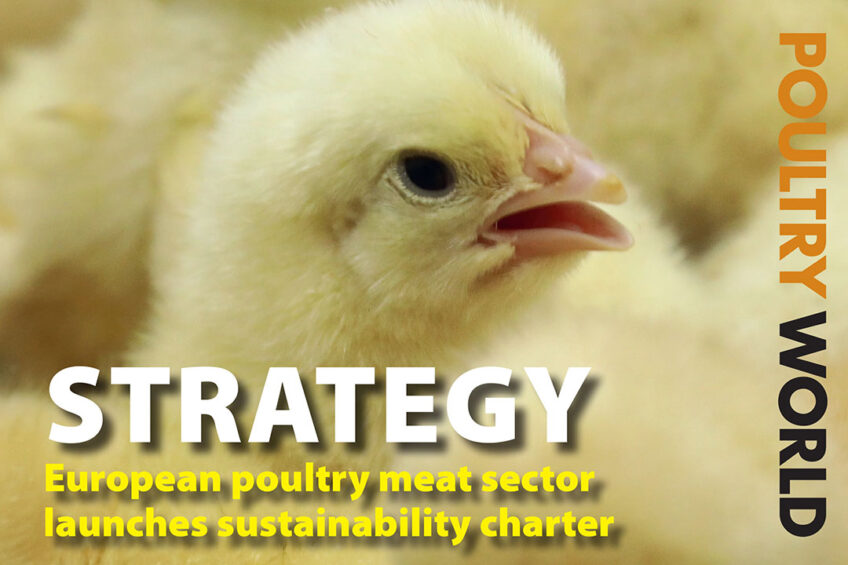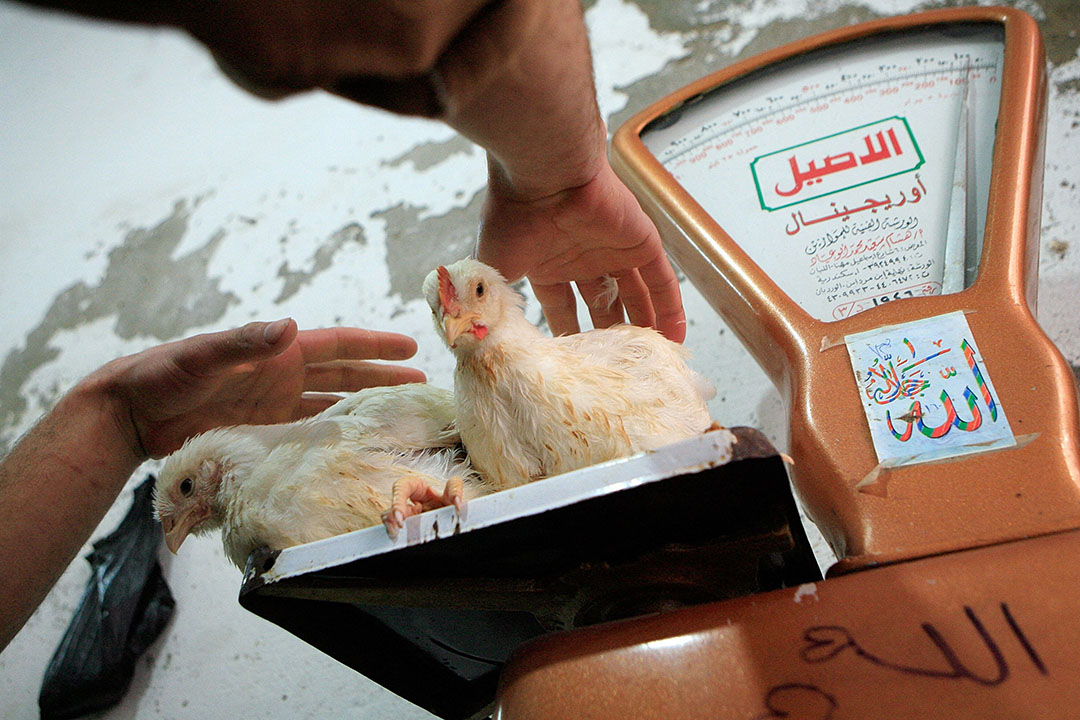European poultry strategy highlighted in Poultry World

In this edition of Poultry World, we join a panel discussion that offers insights into the challenges of EU protein production. A broiler breeder company takes us on a tour in South Korea and we explore the importance of soybean particle size. Also, what are some alternative strategies to control salmonella infection?
Avec-led discussion gives interesting insights
The European poultry meat producers association, Avec, arranged a panel discussion where the association’s president and panel host, Gert Jan Oplaat, emphasised the important role of the European poultry meat sector in supplying healthy and affordable meat while protecting the environment. Avec also proudly announced the launch of its Sustainability Charter. Other interesting industry-related discussions included those around the challenges of EU protein production and the inner workings of the ‘Brussels bubble’.
South Korean Bae family aims for the best quality chicks
South Korea’s top broiler breeder company, Sam Hwa GPS Breeding Agri., Inc. has been operating now for 70 years, today operating 11 farms and 3 hatcheries. With 300,000 breeders, they also produce 50 million broiler chicks per year. The company has earned a reputation for top productivity in Korea. Poultry World wanted to visit the farm to learn more.
Sustainable feed production – where do phytogenics fit in?
The future of animal nutrition was discussed in the last stop of the ‘Conneckting the world’ tour of German-based animal nutrition company, Dr Eckel. About 40 animal nutrition experts from around the world gathered to hear ideas about sustainability and animal welfare in feed production. In this article we take a look at the speakers and what they discussed.
Alternative strategies to control salmonella infection
Poultry products are often flagged as a source of salmonella infection, which has become a public health concern worldwide. Alternative strategies based on feeding and non-feeding are recommended to control salmonella infection in poultry and to reduce production costs.
North Africa faces poultry production crisis
There was a huge outcry in Egypt toward the end of last year after a series of videos showing the suffocation and death of dozens of chicks went viral. This had reportedly been going on for months with producers stating that they had resorted to culling young chicks due to skyrocketing feed prices, with no certainty that feed would be available in the required quantities in the months ahead.

Top tips to ensure egg shell quality
The shell of an egg can be regarded as a window to the health, management and productivity of flocks, and a sudden or early increase in the number of seconds should always be investigated as this can alert the farmer to an issue before hens are even examined.
Poultry assurance assessments set to increase
The UK’s largest assurance scheme, Red Tractor, is set to increase its number of poultry meat assessments from this month (March 2023) from every 12 months to every 9 months “to balance the practicalities of poultry inspections with the need to maintain high levels of biosecurity in the industry”.
Importance of soybean meal particle size
While soybean meal is a major protein source in poultry diets, in this article we look at the impact of particle size on the nutritional value of soybean meal and the cost of feed manufacturing.
No increased risk to human health from H5N1 in poultry
Following a detailed assessment by the UK’s Health Security Agency, officials have determined that there is no increased risk to human health due to the threat of the Eurasian H5N1 avian flu strain. But confidence is low and the situation requires regular review.













